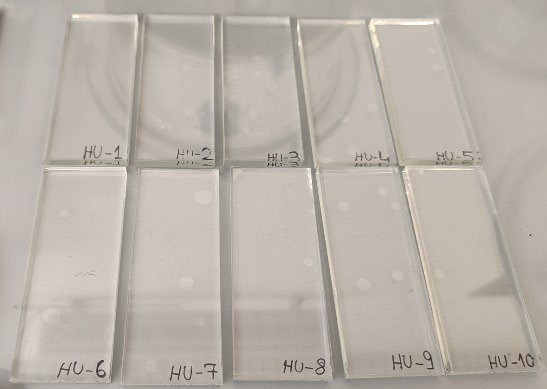Pre- and Post-Failure Experimental Bending Analysis of Glass Elements Coated by Aged Anti-Shatter Safety Films
DOI:
https://doi.org/10.47982/cgc.8.401Downloads

Abstract
The main goal of Anti-Shatter Films (ASFs) applications for structural glass is to create a barrier able to keep together fragments and minimize risk after any impulsive or static load that could lead glass to cracking. The influence of ASF properties on the flexural strength of coated glass elements is thus a relevant topic for safe design purposes, but still little investigated. To this aim, an experimental material investigation is presented in this paper, in order to achieve a good knowledge of common ASFs from a chemical point of view. Moreover, the deterioration of mechanical and adhesion characteristics for ASF samples subjected to different environmental conditions and accelerated ageing is also investigated, so as to simulate the effects of long-term exposure to high humidity (HU) or high temperature (HT). An experimental campaign carried out on 20 small scale ASF-coated glass specimens is finally presented, based on a three-point bending (3PB) test setup. The out-of-plane bending response of unaged or aged samples is performed by taking into account two different displacement-rate levels, to assess their performance and bending capacity under steady-static or impulsive loads. In both cases, the attention is given to the characterization of elastic and post-failure performances. Finally, support for the interpretation of experimental outcomes is derived from a simplified theoretical model of composite beam with partial connection, in order to estimate the shear stiffness of ASF adhesive components in the elastic stage.
Published
Issue
Section
CertBond COST Action CA18120
License
Copyright (c) 2022 Silvana Mattei, Luca Cozzarini, Chiara Bedon

This work is licensed under a Creative Commons Attribution 4.0 International License.



